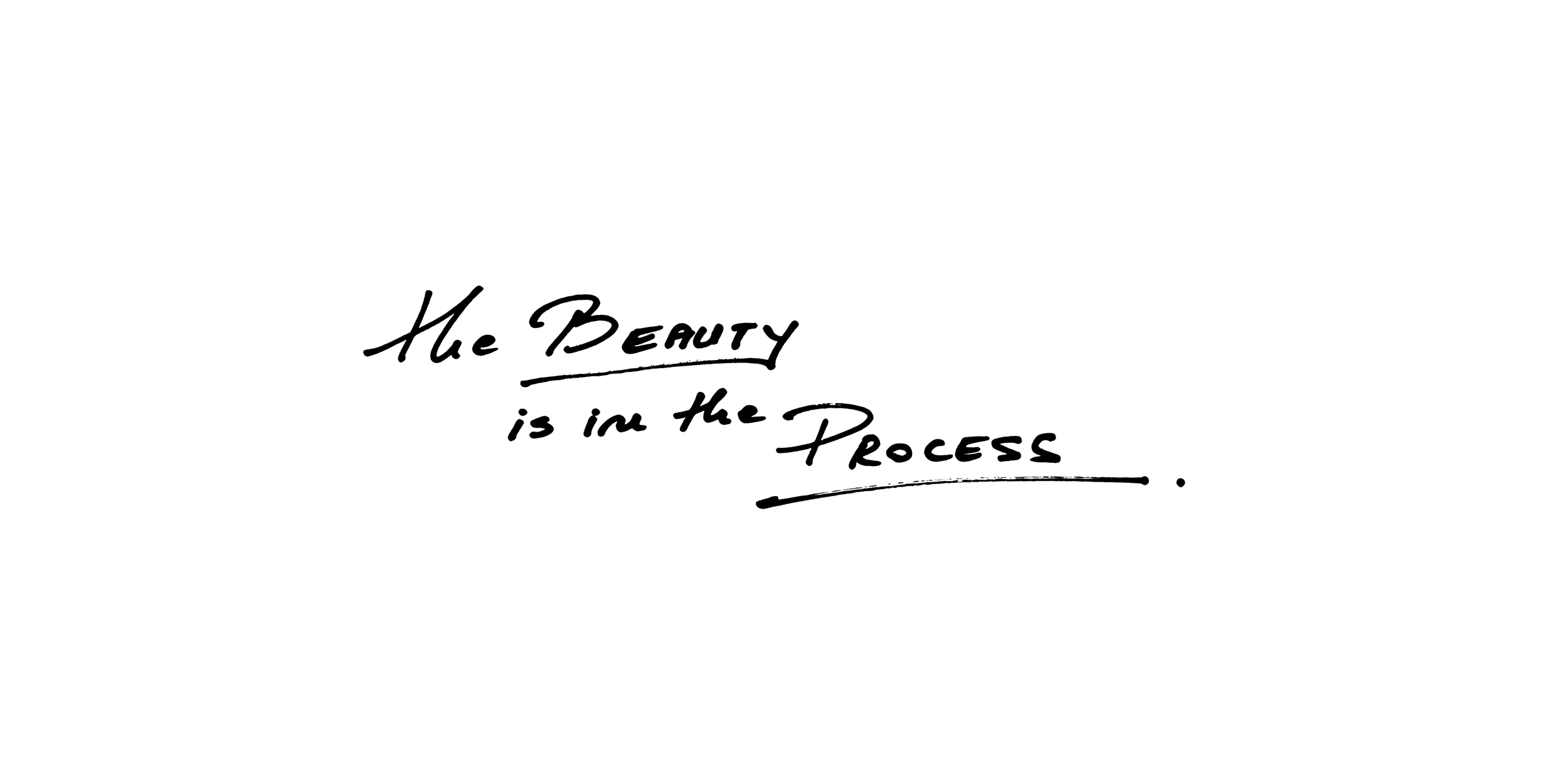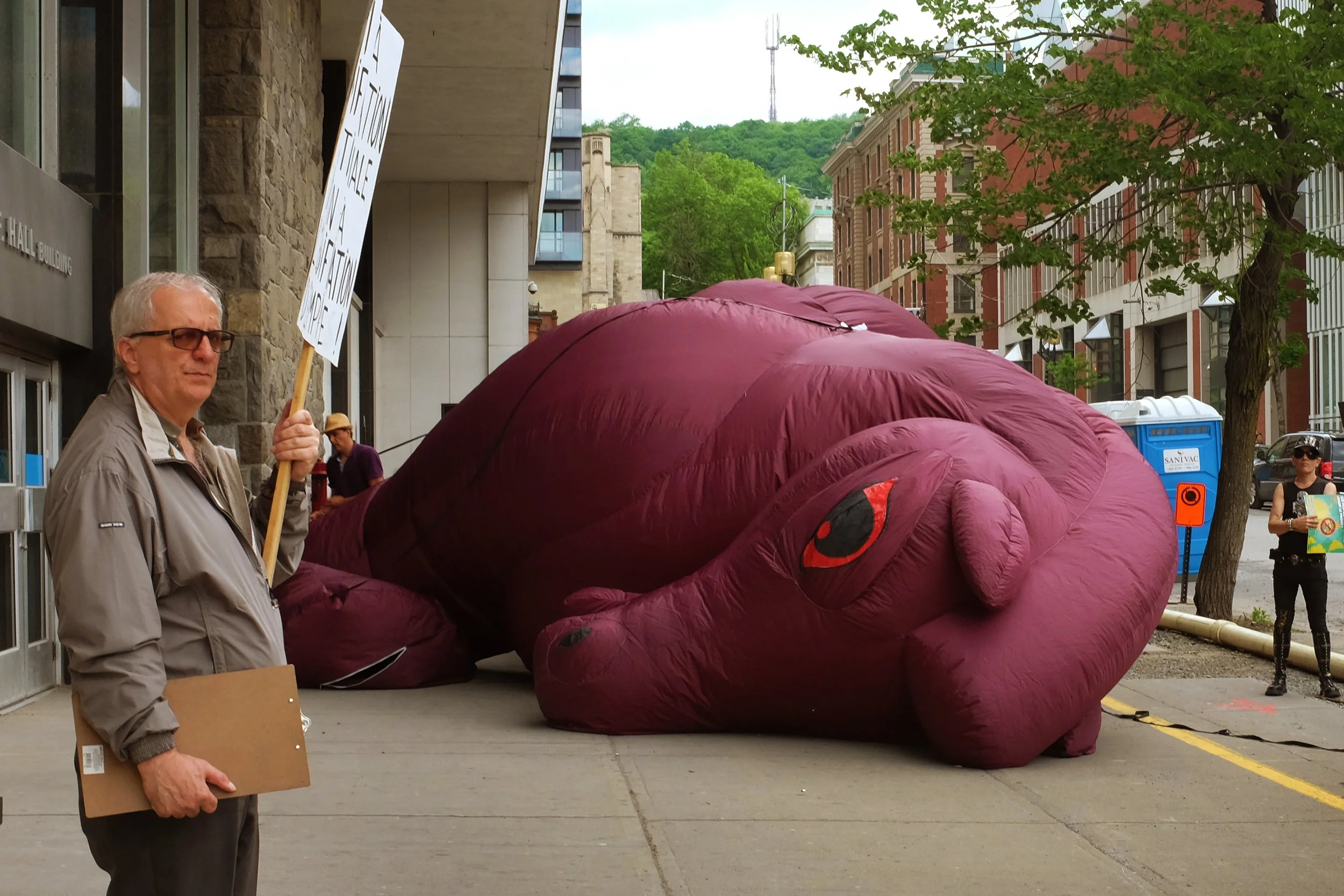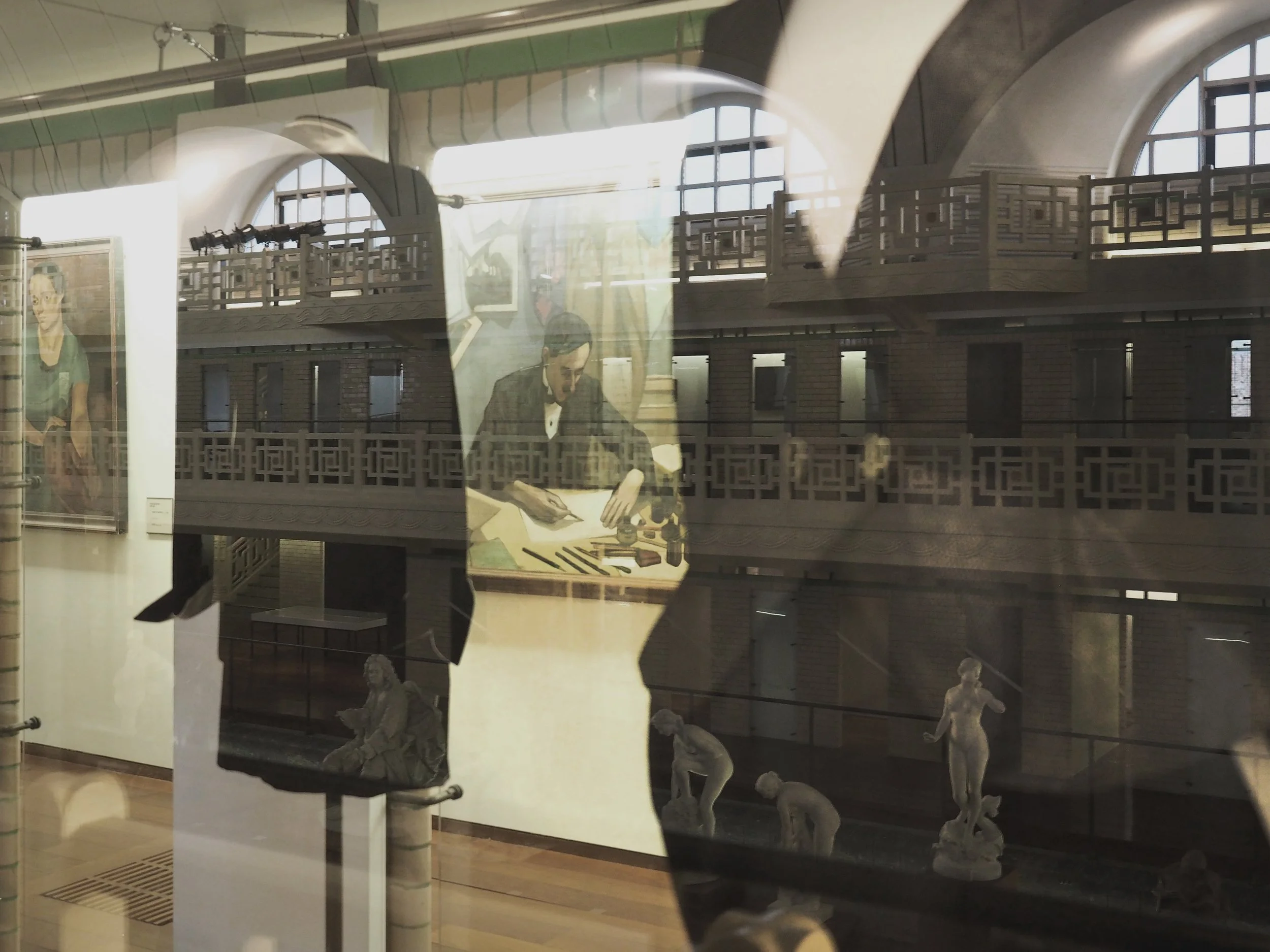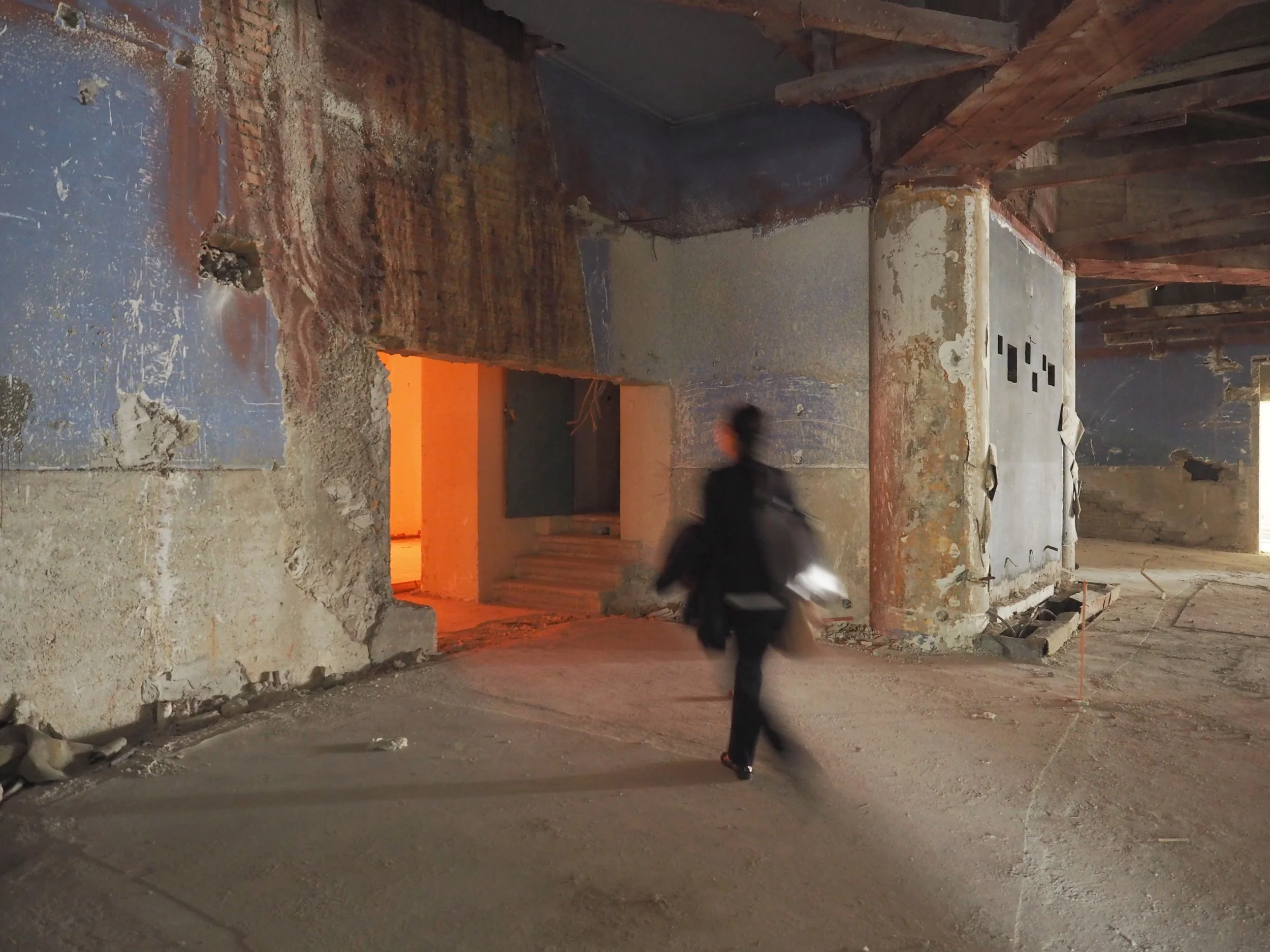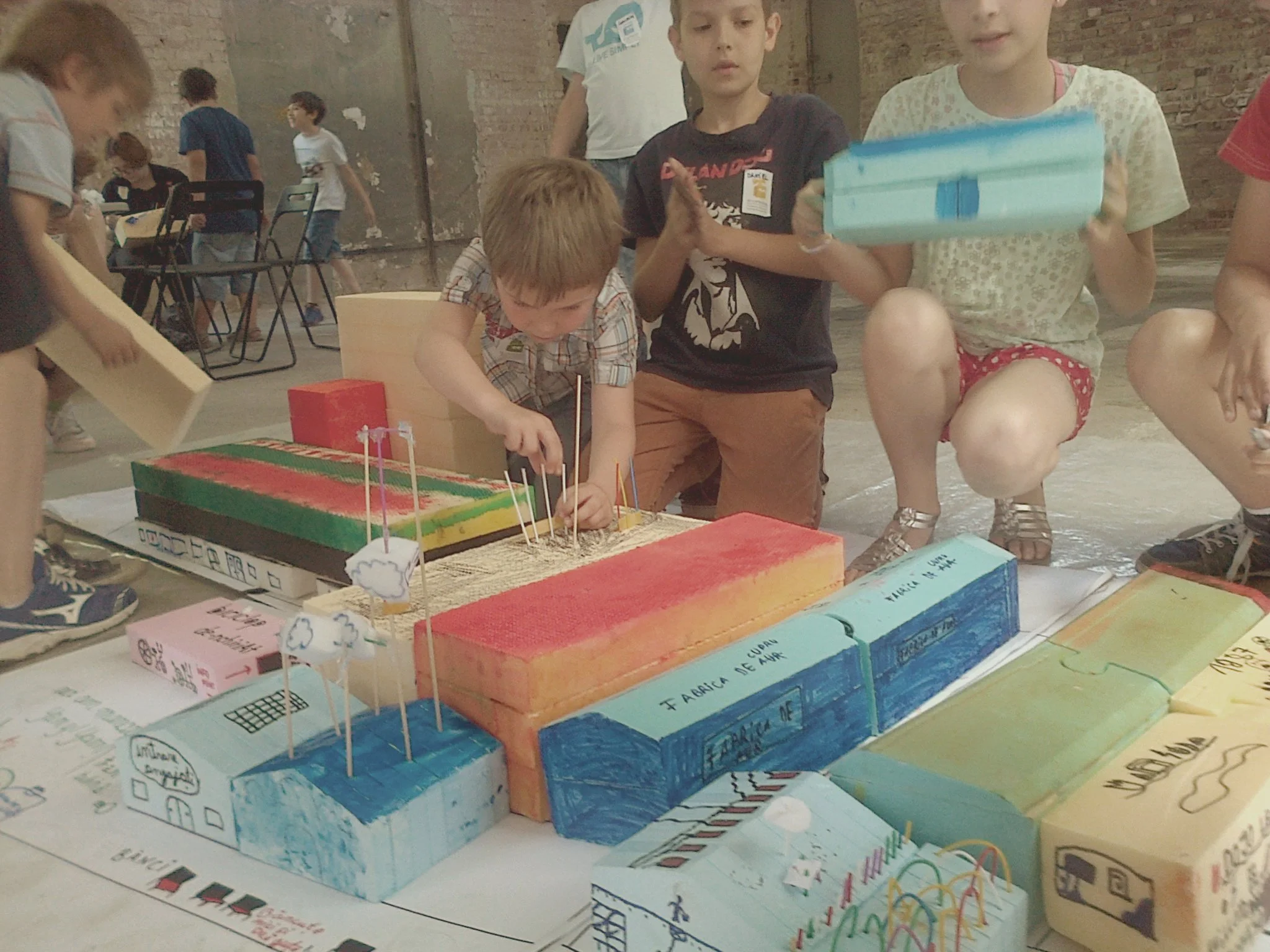WHAT
Systemic Design
“Academically, it is an interdisciplinary field integrating systems thinking and systems methods to effectively inform human-centred design for complex sociotechnical and multi-stakeholder social systems.
[…]
Systems thinking is not something that comes naturally to us, as most (Westerners) are trained to be linear thinkers, to analyse patterns by formula, and observe systematic sequences as first-order chains of cause-and-effect.We also have ingrained habits of problem-solving , of perceiving situations as problems that must have solutions to be solved by linear, step-by-step processes. Therefore, we mistake complexity for complicatedness
[…]
The weakness of the linear approach is that it occludes access to understanding the behaviour of the whole.”
-
Peter Jones & Kristel van Ael - Design Journeys through Complex Systems. Practice Tools for Systemic Design (BIS Publishers, 2022), pp. 6-7
Art as the main language
“Art is choosing to do something skilfully,
caring about the details,
bringing all of yourself
to make the finest work you can.
It s beyond ego, vanity, self-glorification,
and need for approval.”
-
Rick Rubin, The Creative Act: A way of being (Canongate Books, 2023) p. 175
WHY
Focus on skills
Coined by Nicholas Negroponte in the 1980s, antidisciplinarity describes a way of working beyond traditional academic fields. Unlike interdisciplinarity, it dissolves boundaries entirely, encouraging hybrid thinking and unexpected connections. Embraced at the MIT Media Lab, it values solving real-world problems creatively—working in the “white spaces” between disciplines.
Launched in 2023, the EU Year of Skills aimed to boost lifelong learning, address labor shortages, and support Europe’s green and digital transitions. It promoted practical, inclusive skill-building across sectors—especially for youth, SMEs, and underrepresented groups.
To meet today’s call for adaptability, inclusion, and lifelong learning, LT embraces an antidisciplinary approach rooted in pluralism and poly-vocal perspectives—one that invites cross-pollination of ideas, celebrates diverse ways of knowing, and imagines novel possibilities for more connected, human-centered futures.
Look back into the past
Long before the fast-paced socio-technical transformations of modern times, complex bodies of knowledge and ways of life, rooted in deep connections to place, nature, and community, were cultivated across cultures for centuries. Many of these valuable insights and perspectives remain deeply relevant today, enabling more meaningful responses to the rapidly evolving challenges we face today.
By thoughtfully rooting contemporary innovations into the intricate fabric of the past, the emerging designs are poised to grow and shape more resilient, forward-thinking, and, hopefully, truly human-centered futures.
Take complexity on board
Complexity science explores how simple, interconnected parts give rise to dynamic, adaptive systems whose behaviours can't be fully understood by examining individual components. Emerging from disciplines like biology, physics, and computer science, it challenges reductionist thinking by focusing on relationships, emergence, and self-organization. Today, it offers essential tools for navigating an interconnected and fast-evolving world—supporting more integrated and adaptive responses to multifaceted challenges.
Designing agile, adaptive, and regenerative systems of coexistence calls for more than technical fixes—it invites inspiration from the quiet intelligence of natural life.
Complexity science shows that adaptability often stems from simple connections grounded in balance and responsiveness. Rooting innovation in these principles allows for the creation of systems that remain open, responsive, and capable of evolving through learning and shared interaction.
WHO
Radical Thinkers
. the Principle-Dismantlers — challenging core assumptions, not just their symptoms
. the Reworlders — imagining otherwise, and insisting it’s possible
. the Failure-Farmers — cultivating ideas in the compost of missteps
. the Frame-Breakers — refusing inherited narratives and building new ones
. the Paradox Holders — comfortable where others rush to resolve
. the What-If Engineers — designing futures through possibility, not precedent
. the Human-Centric Skeptics — ensuring ideas serve lives, not the other way around
. the Question Crafters — valuing a well-shaped inquiry over a quick solution
Systems Designers
. the Pattern Weavers — seeing relationships as material for design
. the Bridge-Builders — linking people, places, and parts into shared purpose
. the Complexity Navigators — embracing uncertainty as a feature, not a flaw
. the Dynamic Thinkers — working with what evolves, not what stays fixed
. the Feedback Listeners — attuning systems to adapt through reflection
. the Regenerative Strategists — designing for long-term vitality, not quick wins
. the Story-Map Makers — translating data, emotion, and meaning into shared visions
. the Edge Workers — operating where systems meet and transformation begins
Curious Minds
. the Sense-Makers — connecting dots across disciplines, cultures, and contexts
. the Conceptual Wanderers — following questions through shifting landscapes of thought to uncover new possibilities
. the Quiet Collectors of nuanced ideas — finding wisdom in details others overlook
. the Deep Listeners — tuned into shades, silence, and subtle shifts
. the Slow Observers — drawn to depth over speed
. the Threshold Dwellers — alive in between places, between ideas
. the Continuous Learners — open to new knowledge at every turn

